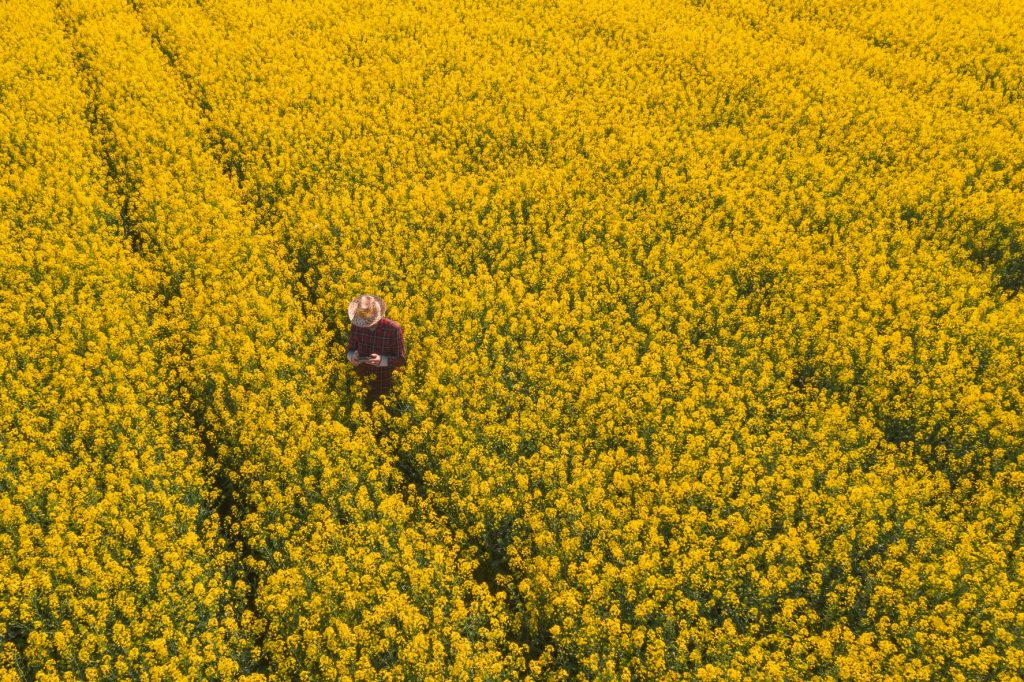The Importance of Crop Protection
Crop protection can be achieved by using biological or chemical methods to control pests. Chemical crop protection has many benefits. These include cost-effectiveness and environmental safety. Crop protection must always be done carefully and with the correct technique. Here are some factors to consider when applying chemical or biological methods to protect crops.
Organic chemistry
Organic chemistry is an important component of crop protection strategies. Crop protection chemicals are crucial to increasing crop yields and food supply as the world’s population grows. There are new chemical technologies that may offer additional improvements. Organic chemistry and crop safety are concerned with creating chemicals that are safe for our environment.
Crop protection research is a common task for many organic chemists. Without their assistance, crop yields may fall by as much as 40%. Their research is essential in identifying safe and effective crop protection chemicals. A successful research program led to the creation of Azoxystrobin, a crop protection fungicide. Researchers originally became interested in a natural fungicide called strobilurin A, which naturally occurs in rotting wood. However, this fungicide is weak and unstable in sunlight.
Organic agriculture uses a majority of pesticides that come from nature. However, some are synthetic and mimic natural substances. For example, pyrethroids are synthetic compounds that mimic natural pyrethrins. They are produced using techniques that mimic the pyrethrins found in nature.

Cost-effectiveness
There are many ways to determine the cost-effectiveness and efficiency of crop protection. One method is to replace variable factors such as pesticides, fertilizers, with plant protection products. This method has been shown significantly to increase crop production efficiency compared to crop production without crop protectors. For instance, farmers who replaced mineral fertilisation with crop protection products saw a 3.6-fold increase in bioproduct yields.
Chemicals are another cost-effective method of crop protection. These chemicals make it easier to harvest crops and ensure consistent growth throughout a season. Chemicals such as herbicides can be used to control weeds that could damage crops. Some chemicals are applied to soil while others are applied directly to the leaves and leaves of crops. A farmer will scout his fields before applying pesticides to ensure the crops get the best coverage.
Plant disease management is another important aspect of crop protection. Plant disease is a complex issue that can be affected by many factors. It is crucial to recognize it early. Temperature stress is a major cause of plant disease. It is important to monitor the health of your plants. EOS Crop Monitoring is a temperature monitoring system that allows farmers to identify extreme temperature fluctuations in order to adjust their crop protection accordingly.
Environmental safety
Environmental safety of crop protection chemicals is a serious problem and a complex issue. It is essential to perform a thorough risk assessment in order to determine whether agrochemicals can be used safely for the environment and consumers. There are many options available to address this issue, including organic farming practices, a shift toward a healthier diet, as well as advanced farming technologies. These strategies are necessary to protect the public’s health, improve food safety, as well as ensure sustainable agricultural sector development.
The European Union has a number of requirements for crop protection, which are aimed at improving environmental safety. Germany has an ambitious target of establishing buffer zones by 2023, where crop protection products must not be allowed to pollute drinking water sources, nature reserves, or sensitive areas identified through hotspot analyses. In addition, the EU has a mandatory greening requirement for farmers, which requires them to devote five percent of their arable land to ecological focus areas.
In 2007, the EU adopted the REACH policy to regulate industrial chemicals. REACH’s purpose was to establish a central database of chemicals and give industry the responsibility for evaluating their risks and finding safer alternatives. While the policy has contributed to increasing our knowledge about chemicals it has not been able to reduce their environmental impact. The EU actually uses more than 150 million tons of chemicals each year, which is more than half of what is harmful to the earth.
Methods for biological control
Biological control methods have been in use for over 125 years and are a key component of integrated pest management (IPM). The use of biological control methods has evolved significantly since their introduction in the 1880s. New information, techniques and technologies have made them increasingly effective. Biological control can be an effective way of protecting crops and minimizing the use pesticides.
Farmers can use some biological control methods for free. Parasitic wasps are one way to control aphids. These insects are adaptable to both their host plant and the targeted pest. Natural enemies can also be used as biological control methods. This method is inexpensive and easy to apply, and it is effective for protecting crops from a wide range of pests.
Another biological control method is inoculation. Inoculation is a method that releases a small amount of natural enemies into the field to suppress the population. These creatures will reproduce as the pest population increases.